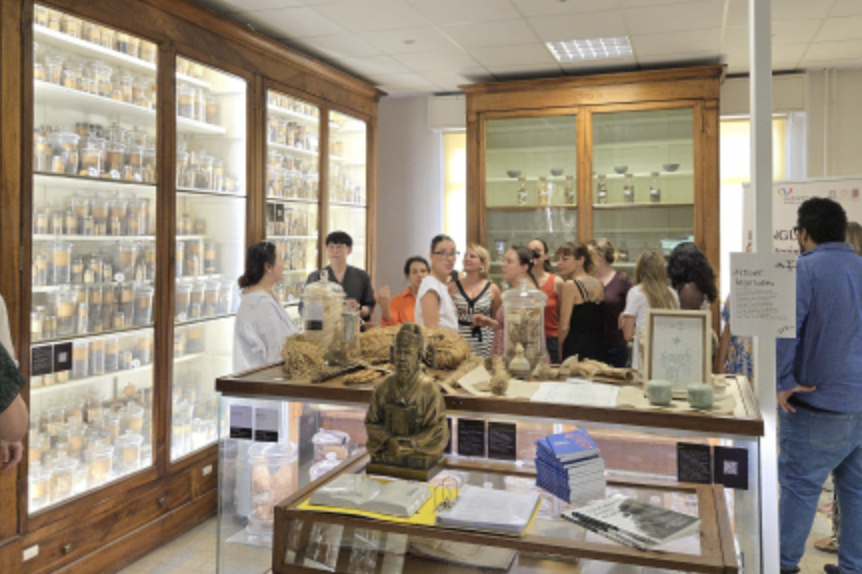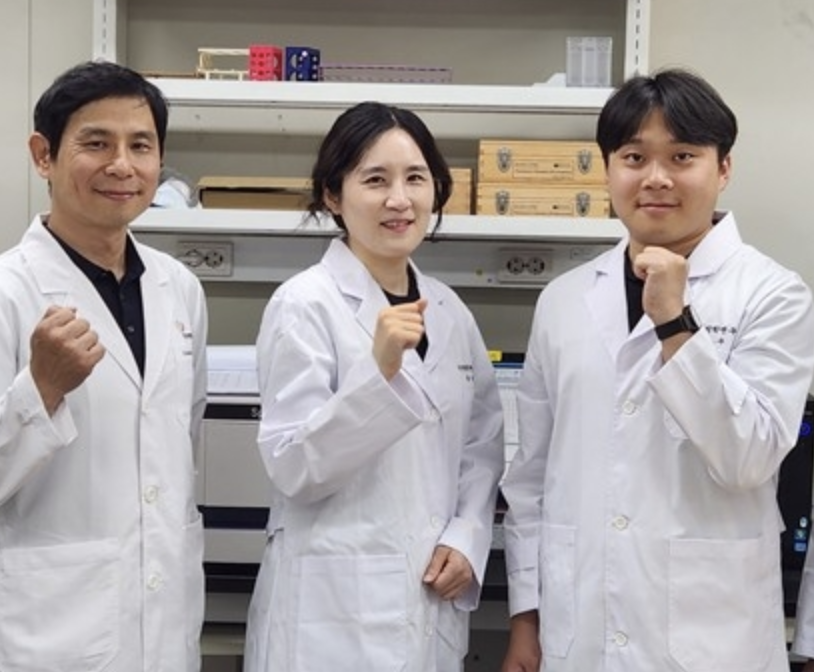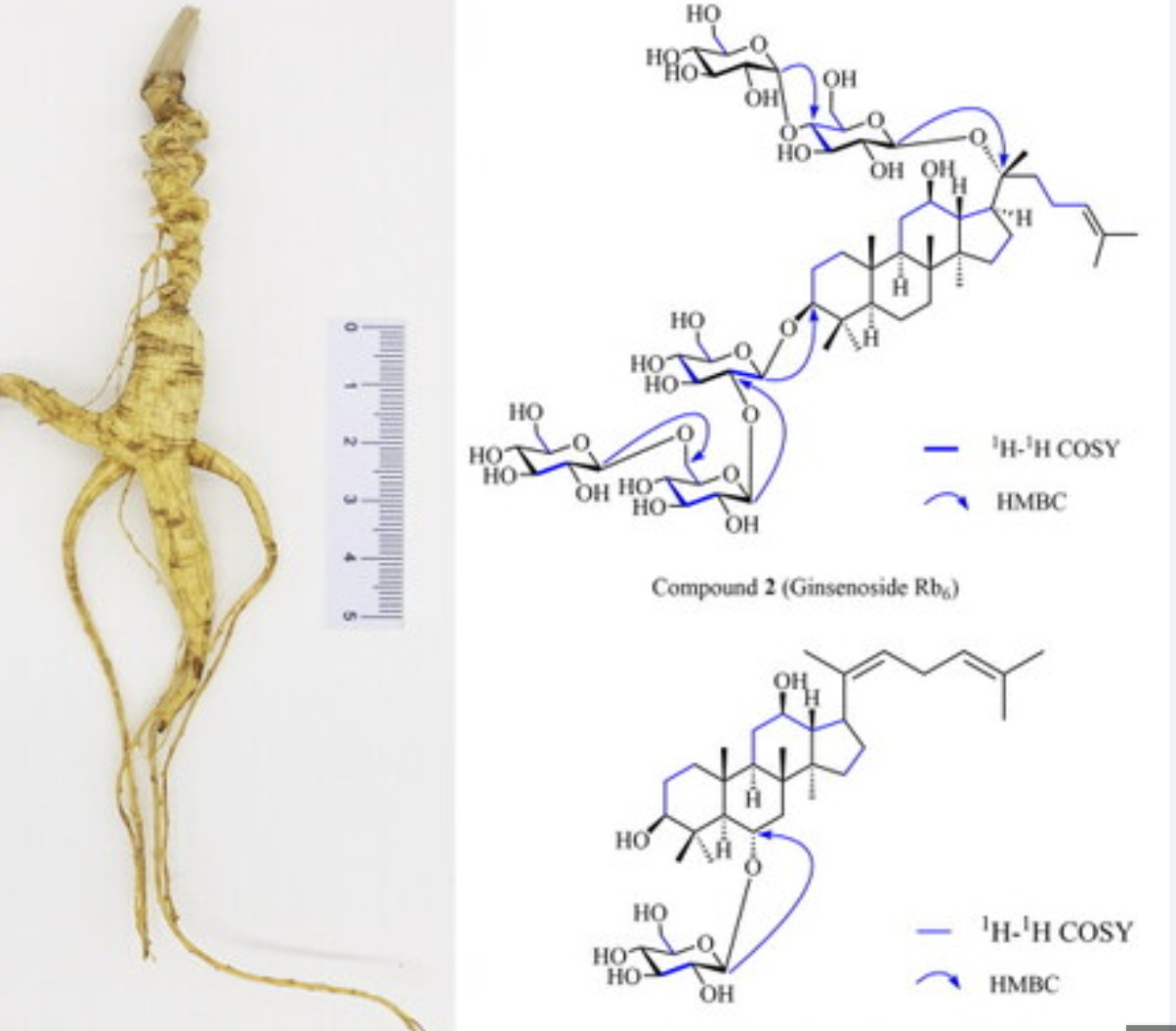Home | Shop | Learn About Ginseng | Ginsenoside per Product | Blog | Our Story | Refer & Earn | Contact Us | Cart | Checkout | My Account


17 Wild Ginseng Roots Discovered in Jirisan… Estimated Value 136 Million Won
In a remarkable discovery, authorities in South Korea have unearthed 17 wild ginseng roots in the mountainous region of Jirisan, valued at approximately 136 million South Korean Won ($104,000 USD). The discovery has drawn widespread attention, not only because of the immense value of these rare medicinal plants but also because it sheds light on the importance of Jirisan as a rich ecosystem for wild ginseng.
Discovery in Jirisan National Park
Jirisan, located in the southern part of South Korea, is renowned for its biodiversity and stunning natural beauty. This recent find highlights the mountain’s significance beyond being a popular destination for hikers and nature enthusiasts. The ginseng roots were discovered by local foragers, who, after obtaining permission, were conducting their regular search for wild plants in the protected areas of the park.
Ginseng, scientifically known as Panax ginseng, has long been revered for its medicinal properties, particularly in traditional Korean medicine. It is believed to improve vitality, enhance cognitive function, and promote overall health. The roots found in Jirisan are not just ordinary ginseng – these wild roots are considered particularly valuable due to their rarity, age, and purported potency.
Estimated Value and Rarity
The value of the wild ginseng roots is estimated to be around 136 million Korean Won, or approximately $104,000 USD. This steep valuation is due to several factors, including the roots’ exceptional size, their age, and the general scarcity of wild ginseng in the region. Experts suggest that the roots could be several decades old, with some even possibly reaching over 100 years of age. The older the ginseng root, the more valuable it becomes, as it is believed to contain higher concentrations of active medicinal compounds.
The value of wild ginseng is highly contingent on its age, and the fact that these roots were found in their natural habitat, untouched by cultivation, further enhances their worth. Cultivated ginseng does not command the same high prices as wild ginseng due to the difference in potency, making these wild specimens even more coveted in the marketplace.
A Symbol of Korean Traditional Medicine
Wild ginseng has long been a symbol of Korean traditional medicine, with its roots highly sought after for use in teas, tinctures, and other herbal remedies. Korean culture has a deep connection to ginseng, as it is considered a cure-all for a variety of ailments. It is believed to increase energy levels, improve immune function, and even have anti-aging properties. This discovery brings renewed attention to the deep history of ginseng use in the region and the ways in which the plant has been intertwined with Korean health practices for centuries.
Given its high value, wild ginseng is often subject to illegal poaching and overharvesting, which has led to concerns about sustainability and the potential depletion of wild ginseng populations in South Korea. The discovery of these roots serves as both an opportunity for local authorities to regulate the trade and a reminder of the importance of preserving the natural environments where these valuable plants thrive.
Conservation Efforts and Challenges
Jirisan is located within a national park, which offers certain protections for its unique flora and fauna. However, even within these protected areas, wild ginseng is highly vulnerable to illegal harvesting due to its market value. The South Korean government has implemented a range of measures to safeguard wild ginseng, including the establishment of conservation programs and efforts to educate the public about sustainable foraging practices.
In recent years, authorities have cracked down on illegal ginseng harvesting, with stricter penalties for offenders. Despite these efforts, wild ginseng continues to face significant pressure from overexploitation. The discovery of these roots in Jirisan is thus a reminder of the need to balance the preservation of natural ecosystems with the economic and cultural significance of ginseng harvesting.
Implications for the Local Economy
The find has significant implications for the local economy, particularly in areas like Jirisan where ginseng harvesting is an integral part of the community’s livelihood. The high value of the roots has drawn interest from herbal medicine companies, collectors, and even international buyers, potentially offering a new avenue for economic growth. However, with the increasing demand for wild ginseng, there are concerns about the long-term sustainability of harvesting practices in the region.
Some local farmers and foragers have advocated for the establishment of regulated harvesting quotas to ensure that wild ginseng populations are not overexploited. By controlling the number of roots that can be harvested each year, South Korea hopes to preserve the ginseng’s status as a valuable yet renewable resource.
Conclusion
The discovery of 17 wild ginseng roots in Jirisan, valued at an estimated 136 million won, underscores both the allure and the challenges of managing this prized natural resource. As South Korea continues to balance its deep-rooted traditions of ginseng use with modern conservation needs, the future of wild ginseng in the country will likely hinge on sustainable harvesting practices and strong environmental protections. This find serves as a reminder of the intrinsic value of nature’s gifts and the ongoing efforts required to safeguard them for future generations.








Leave A Comment
You must be logged in to post a comment.